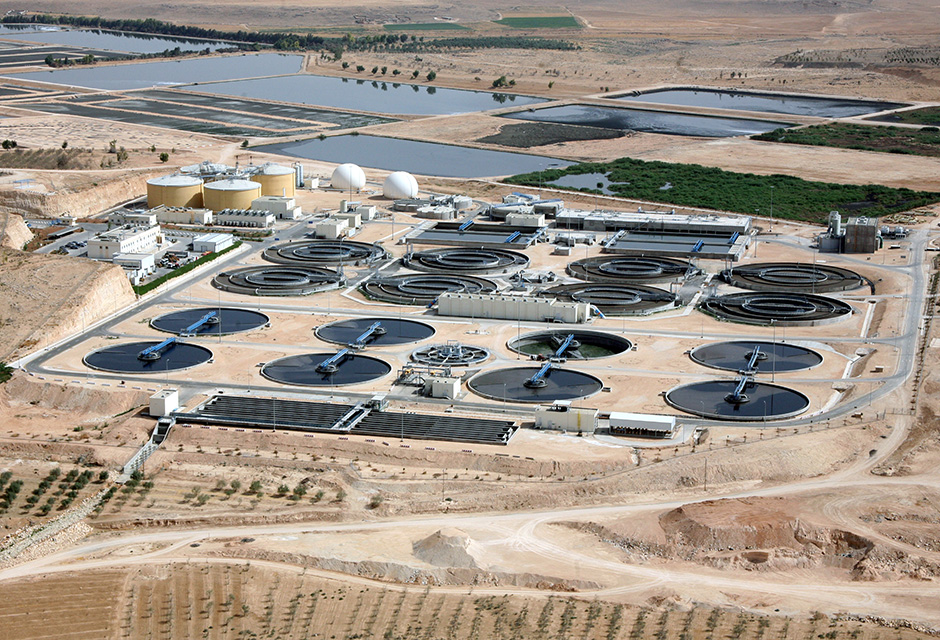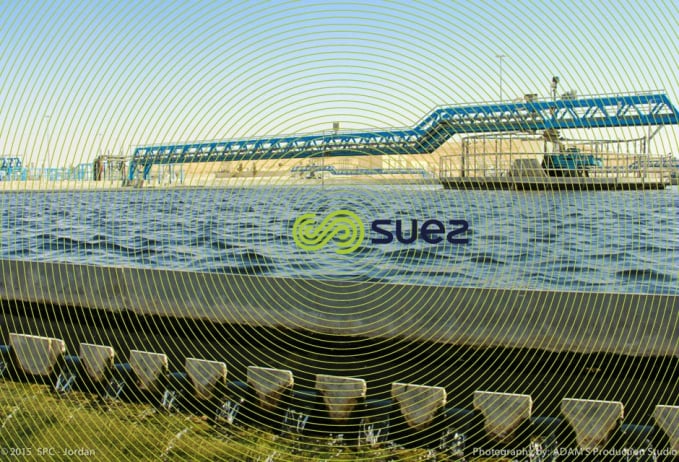As Samra wastewater treatment plant (Jordan)

Samra wastewater treatment plant project is a public private partnership (ppp) for financing the construction and operation of a public infrastructure in Jordan based on a Build Operate approach over a period of 25 years. It is the first (BOT) project in Jordan, and the first (BOT) project by USAID. The Swedish International Development Agency (SIDA) financed the technical assistance during the preparation phase, construction, commissioning and 18 months of the commercial operation period of the project. The consulting company is SWECO.
project characteristics
- Provides a state of the art of wastewater treatment
- Replaces an overloaded waste stabilization pond treatment system
- Produces an effluent with a quality meeting the Jordanian Standards
- Allows safe reuse of treated water for agriculture
- Eliminates offensive odors in the surrounding area
- Will develop the production of compost and fodder from the digested sludge
- Use the biogas produced in the sludge digesters to generate thermal and electrical power
- Use the hydraulic potential energy at the inlet and outlet of the plant to produce electricity
water treatment line
raw water inlet
- The raw water from Ain Ghazal pretreatment facility flows through a Ø 1,500 mm pipe into two Pelton turbines to produce electricity.
- The turbines outlet joins the incoming wastewater from Zarqa and Hashimiyya pumping stations. The flow is distributed into two grit and sulfide removal tanks
pretreatment & primary settling
- Two grit removal tanks (19.6 m x 13.0 m) with a unit volume of 1,535 m³ and an average hydraulic residence time (HRT) of 16 minutes
- Two sulphide removal tanks, each tank consisting of two aerated zones in series, each zone has a capacity of 2,300 m³. Ferric chloride is injected as a catalyst for sulphide removal
- A primary settling into five tanks
- four tanks of 67 m x 25 m each
- one tank of 80 m x 25 m
biological treatment
Eleven biological reactors (26,200 m³ each) consisting of three different treatment zones:
- Denitrification in the anoxic zone
- Carbon removal and nitrification in the oxic zone 1
- Nitrification in the oxic zone 2
clarification
The effluent of the activated sludge process is distributed into eleven secondary clarifiers, of Ø 54 m each. Biomass and suspended solids settle. Biomass and suspended solids are settled, and recirculated to aeration tanks. Excess sludge is pumped to flotation units for thickening
chlorination
The clarified effluent of the secondary settling tanks flows to nine plug flow chlorine-contact tanks for its final disinfection.



sludge treatment
Primary sludge from the primary settling tanks is thickened in three covered circular thickeners each of diameter 23m. Biological sludge from the aeration tanks is thickened in another three covered Dissolved Air Flotation units (DAF) of diameter 18 m. The two are mixed together in a covered tank of 98 m3 volume before it is pumped to four anaerobic digesters each of capacity 15,900 m3.
The sludge is kept in the digesters for three weeks at 35ºC where it is mixed thoroughly by the Cannon®Mixers using the recycled compressed biogas. Heating of the recycled sludge is done by hot water recovered from the cooling of the engines in a shell-Tube heat exchanger. The digested Sludge flows to the digested sludge storage tank where it is pumped to 25 solar evaporation basins where it is dried to about 30% dry solids. Lime will be used if necessary for sludge stabilization.
biogas treatment
The Biogas produced in the digesters is stored in two gas holders each of 5,000 m3 capacity. It undergoes H2S removal before being used in five Biogas engine generator sets for the production of electricity.
Bookmark tool
Click on the bookmark tool, highlight the last read paragraph to continue your reading later










